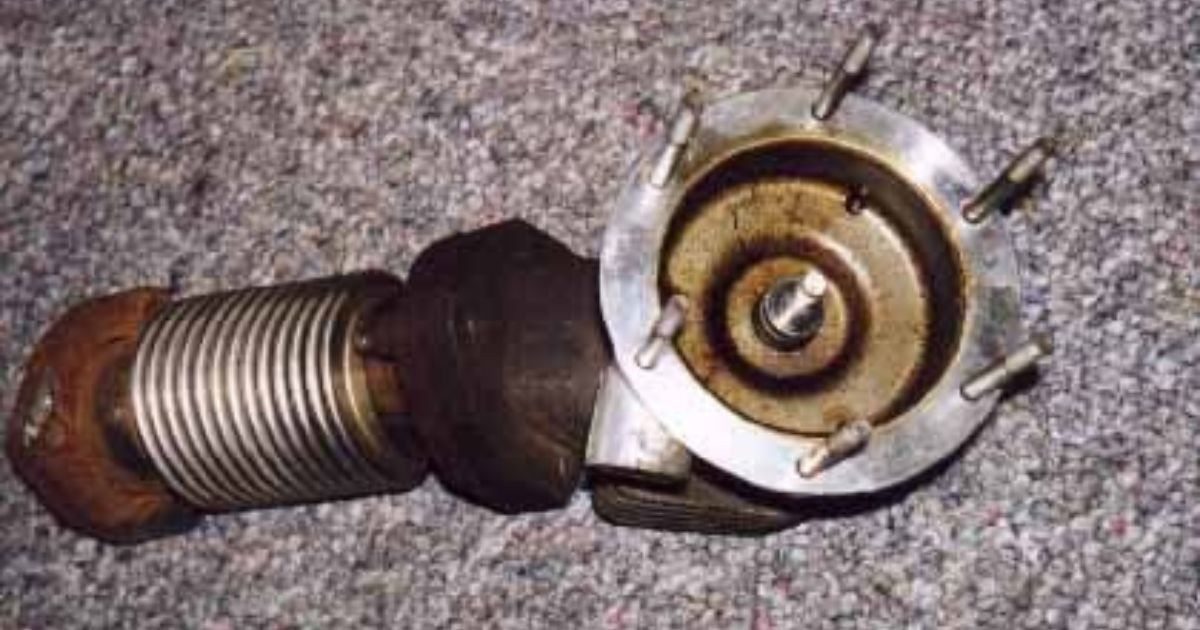The Audi 5-cylinder 10V turbo engine is an iconic powerplant known for its durability, performance, and unique sound. One critical aspect of maintaining this engine is ensuring proper valve clearance through the adjustment of valve shims. This guide covers everything you need to know about valve shims for the Audi 5-cylinder 10V turbo engine, including their function, measurement, adjustment, and replacement.
1. Understanding Valve Shims
Valve shims are small, precision-ground discs that adjust the clearance between the camshaft lobe and the valve tappet. Proper clearance is essential for optimal engine performance, as it affects valve timing, efficiency, and longevity.
Key Functions of Valve Shims:
- Ensure correct valve clearance to maintain engine performance.
- Prevent excessive wear on camshaft lobes and valve seats.
- Reduce valve train noise and enhance durability.
2. Checking Valve Clearance
Before adjusting the valve shims, it’s crucial to measure the current valve clearance.
Required Tools:
- Feeler gauge set
- Micrometer or digital caliper
- Torque wrench
- Valve shim removal tool
- Flathead screwdriver (if applicable)
Steps to Measure Valve Clearance:
- Ensure Engine is Cold: Valve clearances should be measured when the engine is completely cool.
- Remove Valve Cover: Unbolt and carefully lift off the valve cover.
- Position the Camshaft: Rotate the engine so the cam lobe for the valve being measured is pointing upward.
- Insert Feeler Gauge: Slide a feeler gauge between the cam lobe and shim.
- Record the Measurement: Compare with factory specifications (usually 0.10–0.15mm intake, 0.20–0.25mm exhaust for the 10V turbo engine).
3. Adjusting Valve Shims
If valve clearance is out of specification, the valve shims need to be adjusted or replaced.
Steps to Adjust Valve Shims:
- Remove the Camshaft (If Required): Some engines require camshaft removal for shim replacement.
- Extract the Shim: Use a valve shim removal tool to take out the existing shim.
- Measure the Old Shim: Use a micrometer to determine its thickness.
- Calculate the New Shim Thickness:
- Formula: New shim thickness = Old shim thickness + (Measured clearance – Desired clearance)
- Install the New Shim: Place the correct shim and ensure it sits properly.
- Reassemble and Recheck Clearance: Reinstall components and measure clearance again to confirm proper adjustment.
4. Choosing the Right Valve Shims
Valve shims come in various thicknesses, usually ranging from 2.50mm to 3.50mm in 0.05mm increments.
Where to Buy:
- Audi OEM parts suppliers
- Performance tuning shops
- Aftermarket sources like Supertech or Ferrea
Shim Material Considerations:
- OEM Steel Shims: Durable and ideal for stock applications.
- Hardened Steel or Titanium Shims: Preferred for high-performance engines.
5. Common Issues and Troubleshooting
Issue: Engine Noise After Shim Adjustment
✔ Recheck valve clearance to ensure it meets specifications. ✔ Verify shims are seated correctly. ✔ Ensure proper camshaft torque settings.
Issue: Poor Engine Performance
✔ Ensure correct valve timing after reassembly. ✔ Check for vacuum leaks or misadjusted clearances. ✔ Confirm cam lobes and tappets are in good condition.
Issue: Excessive Shim Wear
✔ Use high-quality shims designed for durability. ✔ Regularly inspect valve clearances as part of routine maintenance. ✔ Avoid over-revving, which increases valve train stress.
6. Final Thoughts
Proper valve shim adjustment is crucial for the longevity and performance of the Audi 5-cylinder 10V turbo engine. By following the correct measurement and adjustment procedures, you can ensure optimal engine efficiency, reduced wear, and a smooth-running powertrain.
Frequently Asked Questions (FAQs)
How often should I check valve clearances on my Audi 5-cylinder 10V turbo?
It is recommended to check valve clearances every 30,000 to 50,000 miles, or if you notice engine noise or performance issues.
Can I reuse old valve shims?
Yes, if they are within tolerance and show no signs of excessive wear. However, replacing with new, precision-ground shims is always best.
What happens if valve clearance is too tight or too loose?
- Too Tight: Valves may not fully close, leading to power loss and potential valve damage.
- Too Loose: Excessive noise, reduced efficiency, and increased wear on camshaft lobes.
By maintaining proper valve clearance with correctly adjusted shims, your Audi 5-cylinder 10V turbo engine will continue to deliver reliable performance for years to come.




One thought on “Audi 5-Cylinder 10V Turbo Valve Shims: A Comprehensive Guide”